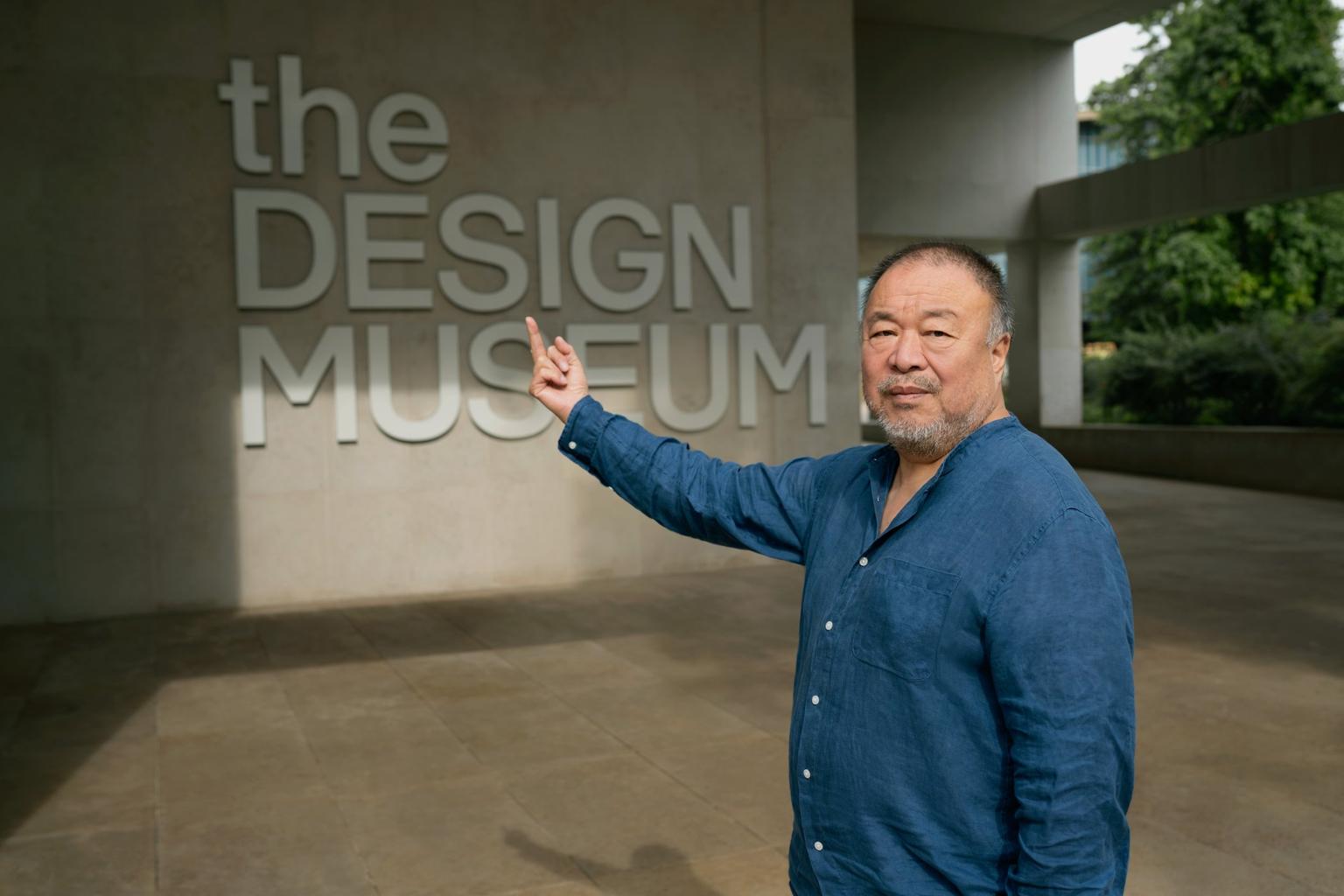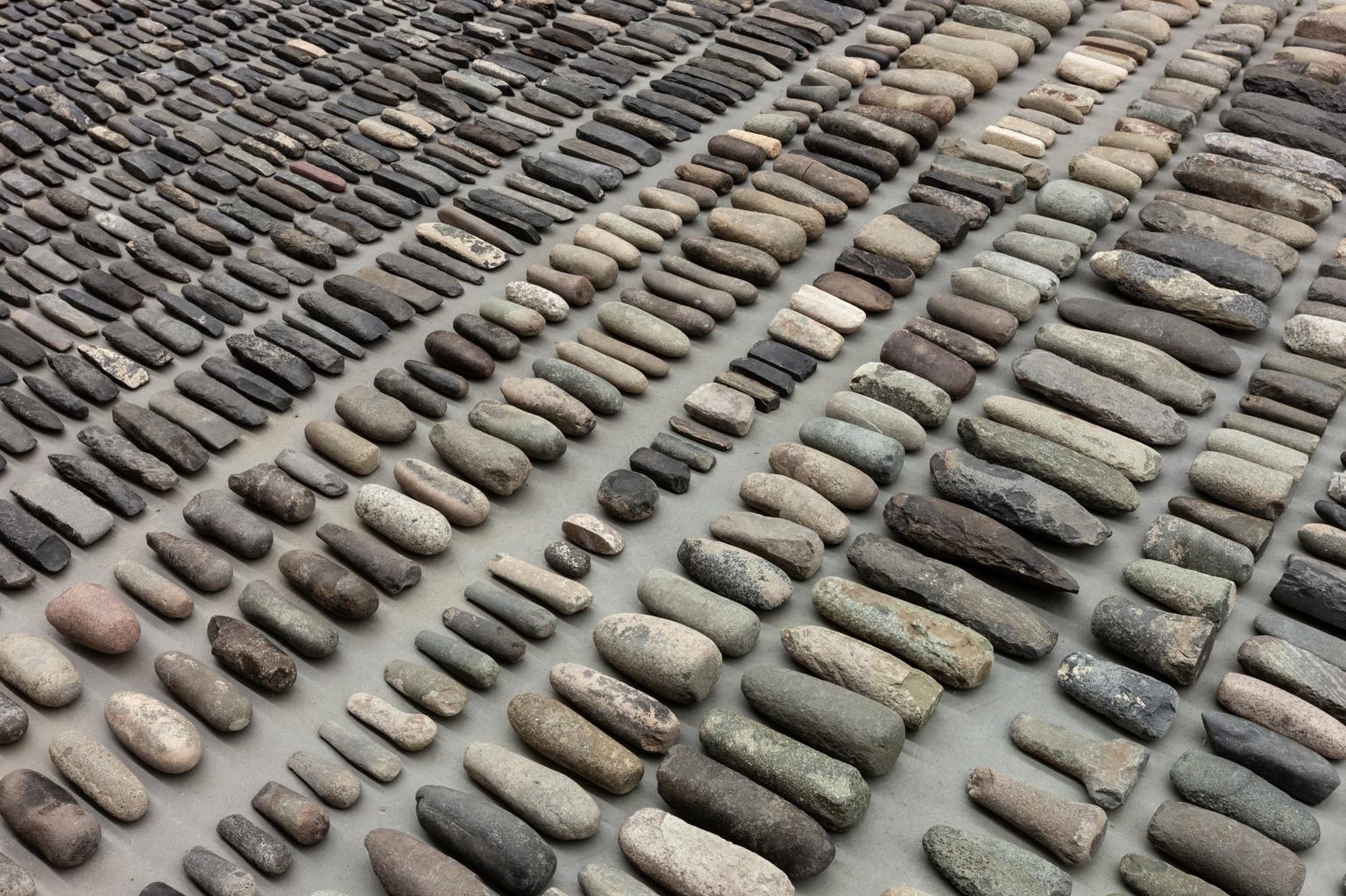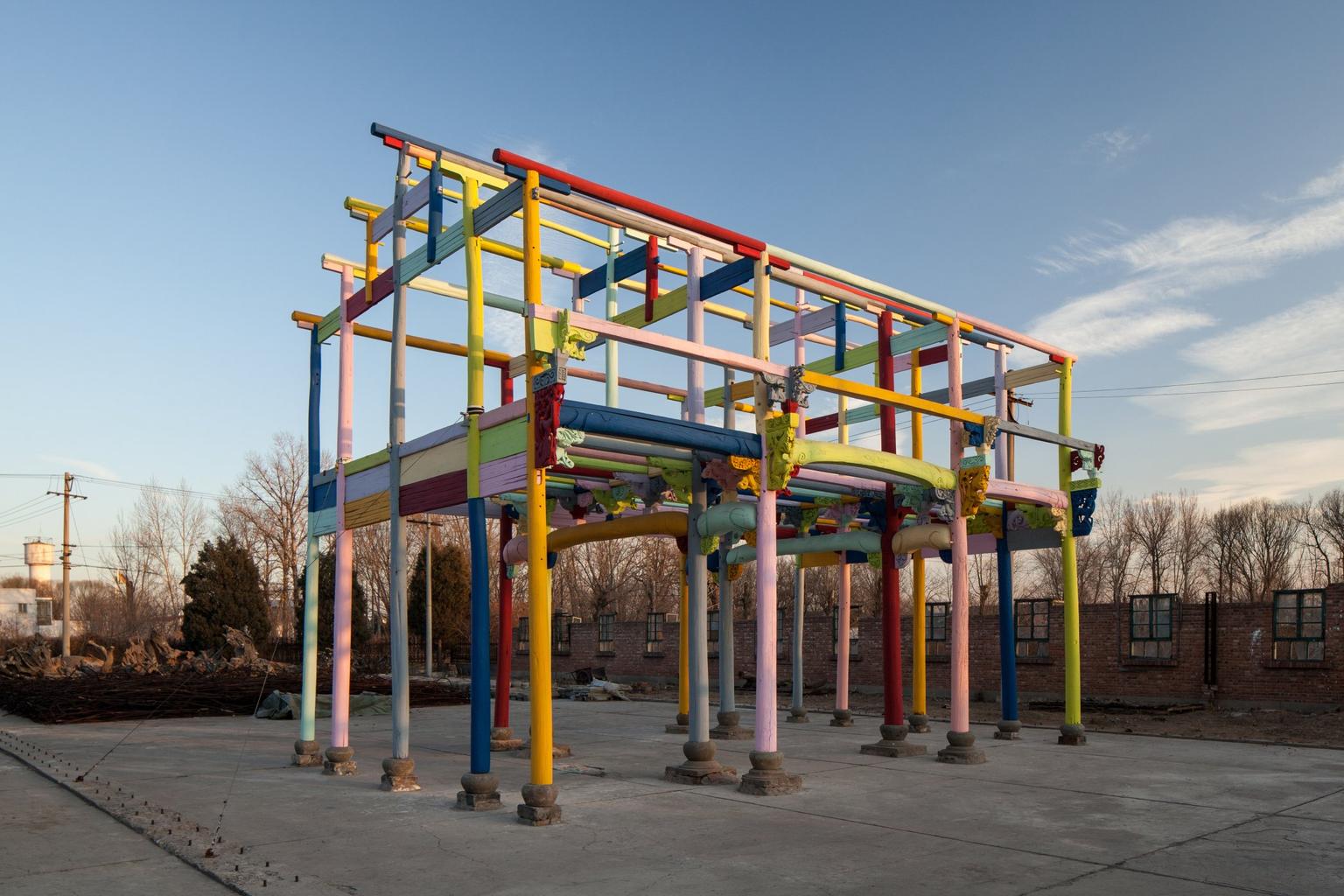Ai Weiwei: ‘These artworks are evidence of memories and reality‘

Artist Ai Weiwei, writing for Art Quarterly, discusses how his work relates to all aspects of design – from the value that people put on objects to what is preserved and what is destroyed.
A version of this article first appeared in the spring 2023 issue of Art Quarterly, the magazine of Art Fund.
Who is Ai Weiwei?
Influential artist and activist Ai Weiwei’s wide-ranging practice spans media including architecture, photography, film, sculpture and installation, incorporating materials from porcelain and wood to Lego bricks. His work engages with social and political events and the meanings of cultural objects and histories, particularly in relation to his native China. His upcoming exhibition ‘Ai Weiwei: Making Sense’, at the Design Museum, will focus on his relationship with all aspects of design – from the value placed on objects and skills to what is preserved and what is destroyed.
Q. What is the importance of design and its history in your work?
All things related to civilisation and culture are within the scope of design, different from what was commonly understood; what people usually believe is that design only regards objects. As a matter of fact, all objects, thoughts and videos that carry meanings given by human beings stem from human experience. Human experience is generally considered as something personal, but under most circumstances, it is shared – that is civilisation. Design as a carrier of this civilisation is part of human nature. It includes the definition and understanding of feelings, thoughts and behavioural patterns, which are in fact the way to understand oneself and seek an optimised, and the most innate way, of being. It also includes all the memories, different thoughts, philosophy, religions and social customs in human history.
The concept that is usually ignored in contemporary design is human beings’ struggle for existence and productivity in terms of practices that have been accumulated and assimilated into experience. This experience is part of our memories and history. The exhibition ‘Making Sense’ at the Design Museum re-advocates this point of view: that is, creative activities of human beings cannot be dissociated from shared experience and memories. These memories can be traced back to the Stone Age, thousands of years ago, and they can be embedded in objects of leisure today such as Lego. We can see collective memories in artworks that will be in the exhibition, like Spouts, composed of many teapot spouts dating back to the Song Dynasty that used to be carriers of life and culture. We can also see collective memories in ancient projectiles that were used in wars in the artwork Untitled (Porcelain Balls); they depict a different kind of war with a different form and different possibilities.

The impressive stone axes that were used by people in the Neolithic period in the work Still Life demonstrate the most easy-to-use form shaped by hand with tools available at that time after years of struggle for survival. There are also artworks that carry more personal meanings, such as Left Right Studio Material, composed of porcelain fragments that were left behind after my studio was savagely demolished by the Chinese government.
These artworks are evidence of memories and reality. Evidence is the sediment of human civilisation and culture that design embodies. People intentionally or unintentionally enable and participate in the happening of such evidence, be it a creative or a passive kind of sediment.
Artworks such as Coloured House, Through and Cabinet are related to architecture. In their respective forms, they shared the wise language of ancient Chinese people who demonstrated a profound understanding of, and mindful relationship with, wood. All these works are assembled through tenon-and-mortise joints, the method that integrates parts and the whole, producers and products of culture into a symbiosis with users. This kind of reflection is rarely seen in architecture today.

The artwork Cabinet looks like an ancient Chinese freestanding cabinet, while its prototype is a trash can connected to a tragedy. In the province of Guizhou, five left-behind children aged between nine and 13 had to fend for themselves because their parents moved to big cities to search for work. When it was very cold, they took shelter in a trash bin, lit a charcoal fire, and died of carbon monoxide poisoning. Cabinet, created with traditional Chinese craftsmanship, forms a relationship between China and the rest of the world and combines traditional aesthetics and the brutality of the struggle for survival in the contemporary times.
Without memories, there is no history. The existence of memories is structured: ethics and morality form the structure of our memories and raise the most crucial questions regarding design. Without memories and history, design would be rootless, unassessable and chaotic. The future would be void and non-existent without the understanding of the past – that is the most salient symptom of our contemporary culture.
From different angles, the exhibited artworks are concerned with our thoughts, languages, aesthetics, styles and taste. They recount, reset and re-narrate with new viewpoints and to new audiences at the Design Museum.
‘Ai Weiwei: Making Sense’, Design Museum, London, 7 April to 30 July. 50% off paid exhibitions with National Art Pass.